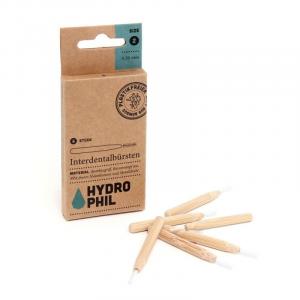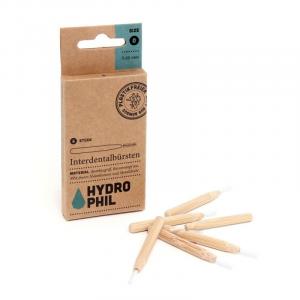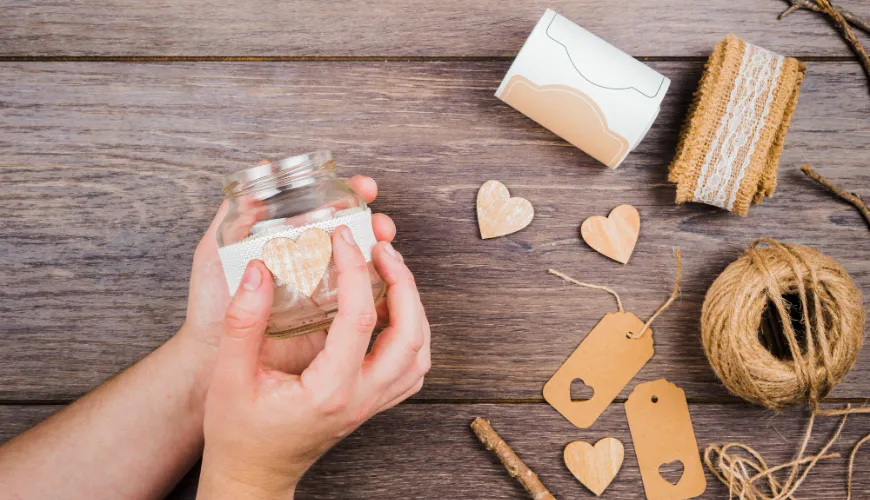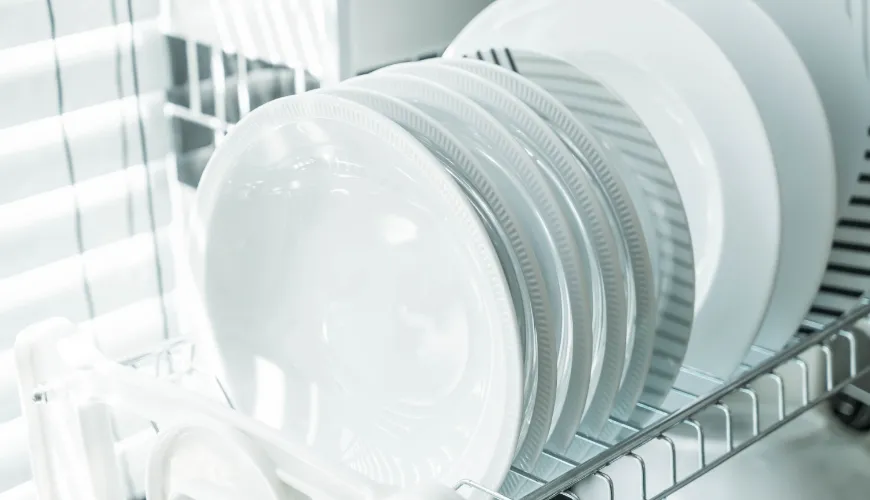
How to Clean a Hairbrush Quickly and Efficiently
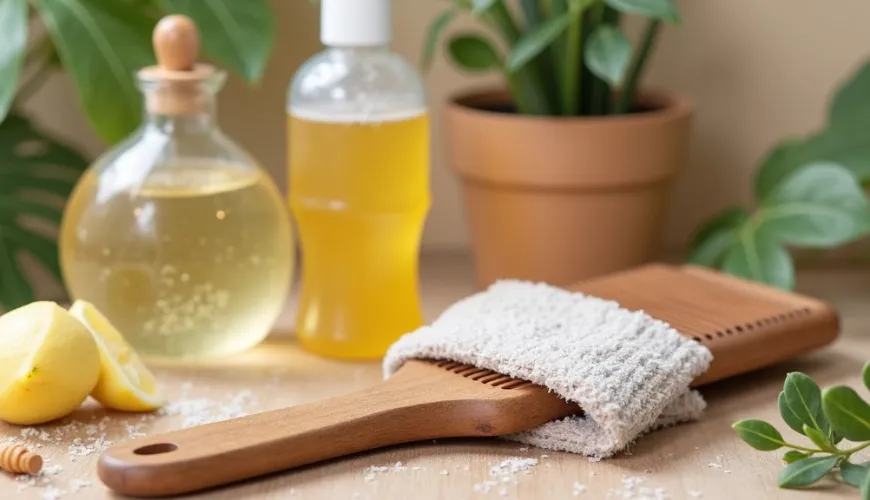
Why (and How) to Care for Your Comb's Cleanliness - A Hidden Detail of Your Daily Hygiene
When we talk about personal hygiene, most of us think of regular hand washing, brushing our teeth, or showering. But how many of us regularly clean our hair comb? It's an item we use almost daily, and it comes into contact not only with our hair but also with our scalp, oil, styling products, and often even dust from the environment. A dirty comb can carry more bacteria and dirt than we might expect — and yet cleaning it is no big deal.
How Often Do We Clean the Comb? And What Stays on It?
Imagine you've just washed your hair, dried it with a towel, and then reached for a comb you last cleaned... when exactly? For most people, the answer is uncomfortably unclear. And yet, the comb accumulates hair, residue from hair products, oil, dandruff, dust, and microorganisms, which we transfer back onto freshly washed hair while combing. If the comb is not cleaned regularly, it can lead to scalp irritation, faster hair oiliness, and in some cases, the spread of lice or bacterial infections.
You know the scenario – combing dry hair after applying hairspray, gel, or a leave-in mask. The residues of these products create a sticky film on the comb teeth, which then attracts dust and dirt. And if we examined a commonly used comb under a microscope, we would often discover colonies of bacteria or fungi.
How to Clean a Hair Comb - Simple Steps Anyone Can Do
The basic rule is: the more often you use the comb, the more often you should clean it. Ideally, once a week, or at least once every 14 days. The cleaning process depends on the type of comb – the procedure differs for a plastic comb, a wooden comb, or a metal one.
Universal Procedure for Plastic or Silicone Combs:
- First, remove all trapped hair from the comb – preferably using a toothpick or an old toothbrush.
- Prepare a bowl with warm water and add a tablespoon of gentle shampoo or liquid soap.
- Immerse the comb in the water for at least 10–15 minutes.
- Use a toothbrush or a soft brush to thoroughly clean each tooth and the spaces between them.
- Rinse under running water and let it dry freely on a towel.
Combs made from natural materials, especially wooden ones, should not be soaked. In such cases, a damp cloth with a bit of shampoo or vinegar water is enough to wipe the comb, then immediately dry it with a dry cloth. Natural materials are more susceptible to moisture damage but are often much gentler on the hair.
Try our natural products
How to Clean a Comb from Lice - It's Not Just a Child's Issue
Although lice are most commonly associated with children, the head louse (Pediculus capitis) does not discriminate. And if they appear in hair, it's important to think of a comprehensive approach to eradication – not only eliminating lice and nits on the head but also thoroughly cleaning all items that come into contact with hair.
If you've recently dealt with lice, it's important to thoroughly clean the comb – first remove all hair, then soak it for 15 to 30 minutes in hot water (at least 60 °C) with a bit of vinegar or a special disinfectant. After soaking, take a brush, scrub it well, and rinse it. And if you want to be 100% sure, feel free to put it in the freezer for a few hours – lice and their nits simply can't survive freezing temperatures.
For metal nit combs, a brief boiling in water is safe. However, caution is important for combs made of natural materials, which could be damaged.
Once a household is infested with lice, it is not enough to treat just the hair – combs, brushes, hairpins, hats, pillows, and bedding can become hidden sources of reinfection. Thorough cleaning of all hair tools is crucial for successfully managing the entire situation.
How to Clean Your Comb When in a Rush
Sometimes there's just no time for a thorough comb wash – like when you notice it's all sticky from mousse and hair oil after a party. In such a moment, a quick disinfection will do: take a cotton pad or cloth, soak it in alcohol or alcohol, thoroughly wipe the comb and handle, and then let it air dry for a while. The alcohol will do its job, and in a few minutes, the comb will be as good as new, odor-free, and ready for use.
This method is also useful when traveling or sharing combs among multiple people, such as on set, during photo shoots, or in sports clubs.
A Clean Comb as Part of Your Hygiene Routine
Taking care of your comb is often neglected, but it is just as important as replacing your toothbrush. The comb should not only be clean but also regularly checked. Does it have damaged teeth? Is there rust on it? Does it pull or break hair while combing? If so, it's time to replace it. Even the cleanest comb that mechanically damages hair does not serve its purpose.
An interesting example is a young beautician from Plzeň, who noticed while working with clients that some women had significantly irritated scalps. After a longer analysis, she found that the common denominator was an old, uncleaned comb they brought from home. Since then, she advises her clients not only on how to care for their skin and hair but also on how to properly clean their hair tools.
As renowned hairdresser and scalp expert Philip Kingsley says: "When you comb your hair, you're essentially massaging your head. And just as you wouldn't give yourself a relaxing massage with an unwashed massage tool, you shouldn't comb your hair with a dirty comb."
Small Habits with a Big Impact
Adding a simple habit – like quickly rinsing the comb after each use or giving it a deeper clean once a week – can have a surprising impact on the quality of your hair. A clean comb ensures that old dirt, oil, or microorganisms that could cause irritation or worsen scalp condition do not return to the hair.
Moreover, in the context of a sustainable lifestyle, which is becoming an increasingly important part of modern households, it makes sense to take care of the things we already have, rather than frequently replacing them. The long life of a comb goes hand in hand with its regular maintenance.
Caring for one's health doesn't just lie in what we eat or how often we exercise. It is also hidden in the smallest details of daily routines – such as how we clean our hair comb. And once we adopt this inconspicuous habit, it becomes as automatic a part of the day as morning hygiene. A seemingly small change, but with a big impact on the health of hair and scalp.

